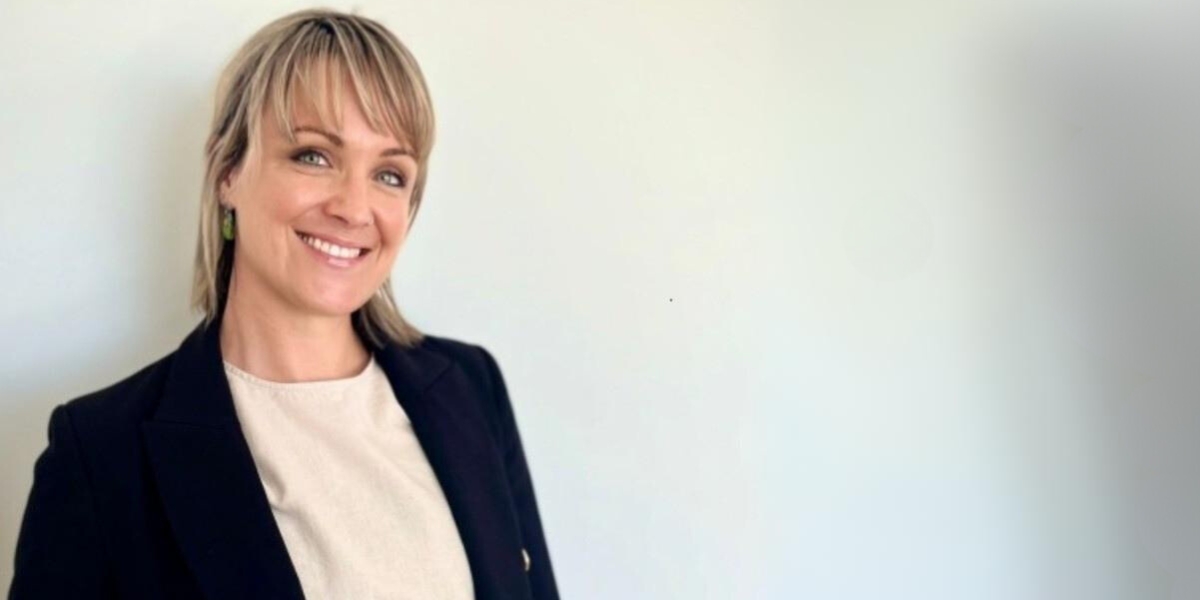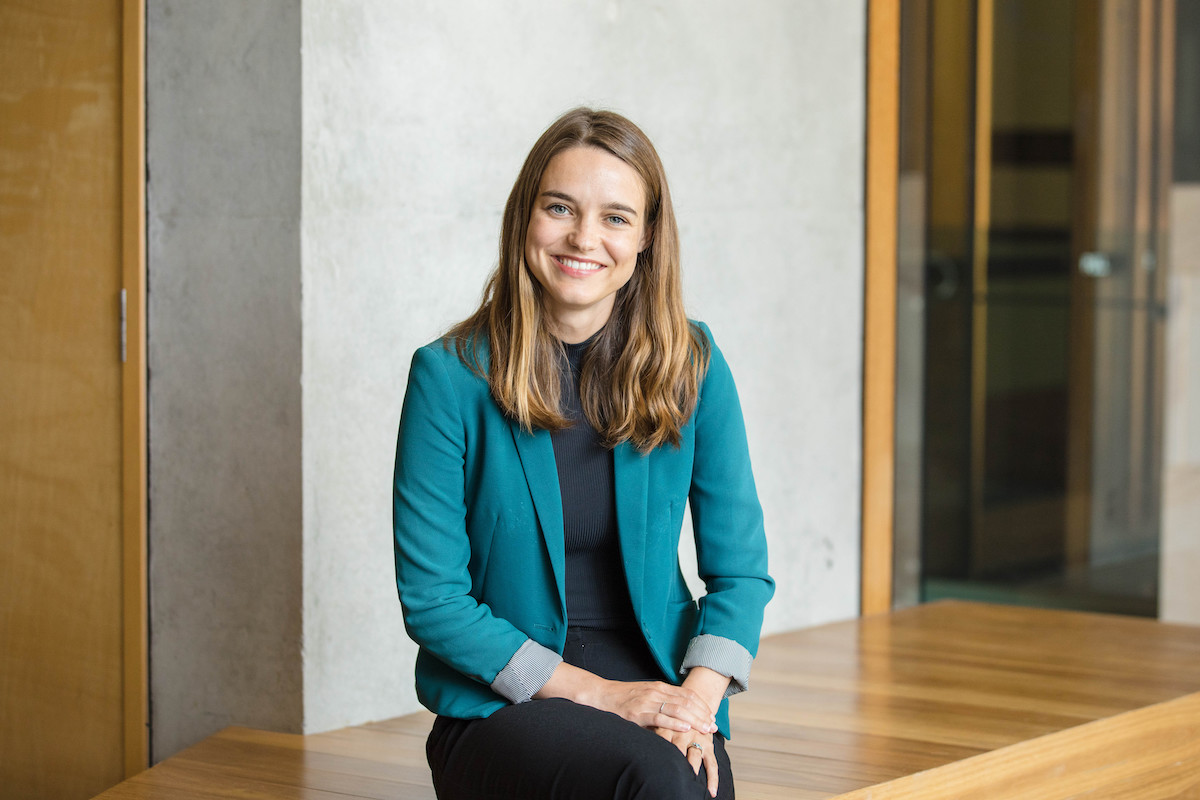The Path to the C-Suite: Lessons from a Chief Customer Officer
For many tech professionals in customer-facing roles, the path to executive leadership isn’t always clear. Yet for Alexa Kane, Chief Customer Officer (CCO) at Felix, a decade-long career spanning customer support, onboarding, customer success, partnerships, and operations laid a strong foundation for her transition into the C-suite.
From Hands-On to Strategic Leadership
Alexa attributes her career growth to a willingness to take on challenges beyond her core responsibilities. Her early roles required her to work cross-functionally, providing insights into how different business units operate together. However, stepping into the C-Suite required a shift, learning to trust her team’s expertise rather than trying to be hands-on in every function. Moving from lean, high-attrition environments to executive leadership meant focusing on strategic objectives, resource planning, and business growth rather than day-to-day operations.
“Putting my hand up for different projects and learning beyond my immediate responsibilities was a game-changer,” she explains. “Working cross-functionally and understanding how different teams contribute to the bigger picture gave me a wider perspective that I still rely on today.”
A key learning experience came from being on the receiving end of SaaS solutions. As the decision-maker for customer tools, she gained valuable insights into onboarding, service transitions, and pain points… perspectives that now shape Felix’s customer experience strategy.
Challenges, Adaptation, and Leadership Growth
Joining Felix meant stepping into a new role and company where she would need to use her strong background in B2B SaaS to understand new industries and familiarise herself with the problems the Felix platform solved. And she would have to do it quickly! Rather than seeing this as a limitation, Alexa leveraged her experience in B2B SaaS and operational leadership. By analysing systems, processes, and growth opportunities, she found ways to contribute beyond the target industry knowledge.
“Rather than trying to become the expert overnight, I leaned on the subject matter experts around me while focusing on what I knew best – optimising systems, processes, and team structures,” she says. This approach not only helped her transition successfully but also reinforced the importance of trusting and empowering her team.
Managing Imposter Syndrome and Non-Linear Career Steps
Alexa acknowledges that imposter syndrome is prevalent at all levels, particularly among women. She combats self-doubt by seeking feedback, reflecting on achievements, and challenging negative self-talk.
“Negative self-talk is something I’ve had to actively work against. Recognising it and consciously shifting my mindset has helped me push through moments of uncertainty.”
She also emphasises the value of taking non-linear career steps, moving sideways or even backward at times to develop critical new skills. These decisions, while unconventional, ultimately accelerated her career.
Advice for Future Leaders
For those aspiring to executive leadership, Alexa’s advice is clear: embrace challenges outside your defined role, be proactive in optimising team performance, and balance efficiency with empathy. She stresses the importance of strategic time management, effective delegation, and adaptability, key traits that distinguish functional leadership from C-suite leadership.
-
- Step outside your comfort zone. Raise your hand for projects beyond your direct role. The experience you gain will accelerate your career faster than you think.
- Seek to learn from leaders in other departments. Ask questions and understand the functions, goals, priorities, ways of working and thinking from divisions such as Finance and Engineering. This will be a huge contributor to developing your wider business acumen.
- Balance data-driven decisions with people leadership. Efficiency and effectiveness are critical, but so is building a strong, engaged team. Don’t underestimate the impact of culture.
- Be strategic with career moves. A lateral or even backward step can sometimes be the smartest move for long-term growth. If it builds new skills, it’s worth it.
- Own your achievements. Women, in particular, need to get comfortable acknowledging their successes. Take credit for your contributions.
Develop strong time management skills. The jump from team leadership to business function leadership requires a shift in prioritisation. Being ruthless with your time is essential.
A Journey of Adaptability and Impact
Reflecting on her career, Alexa is proud of her adaptability and openness to new opportunities. “I never had one rigid end goal. I let my career evolve naturally, and that’s what led me here.”
She also recognises the significance of her current role. “Being the first female executive at Felix and the first Chief Customer Officer advocating for customer experience at the executive level is something I’m incredibly proud of.”
For those looking to follow a similar path, her message is clear: Leadership isn’t about knowing everything, it’s about learning, adapting, and trusting in the expertise of those around you.












